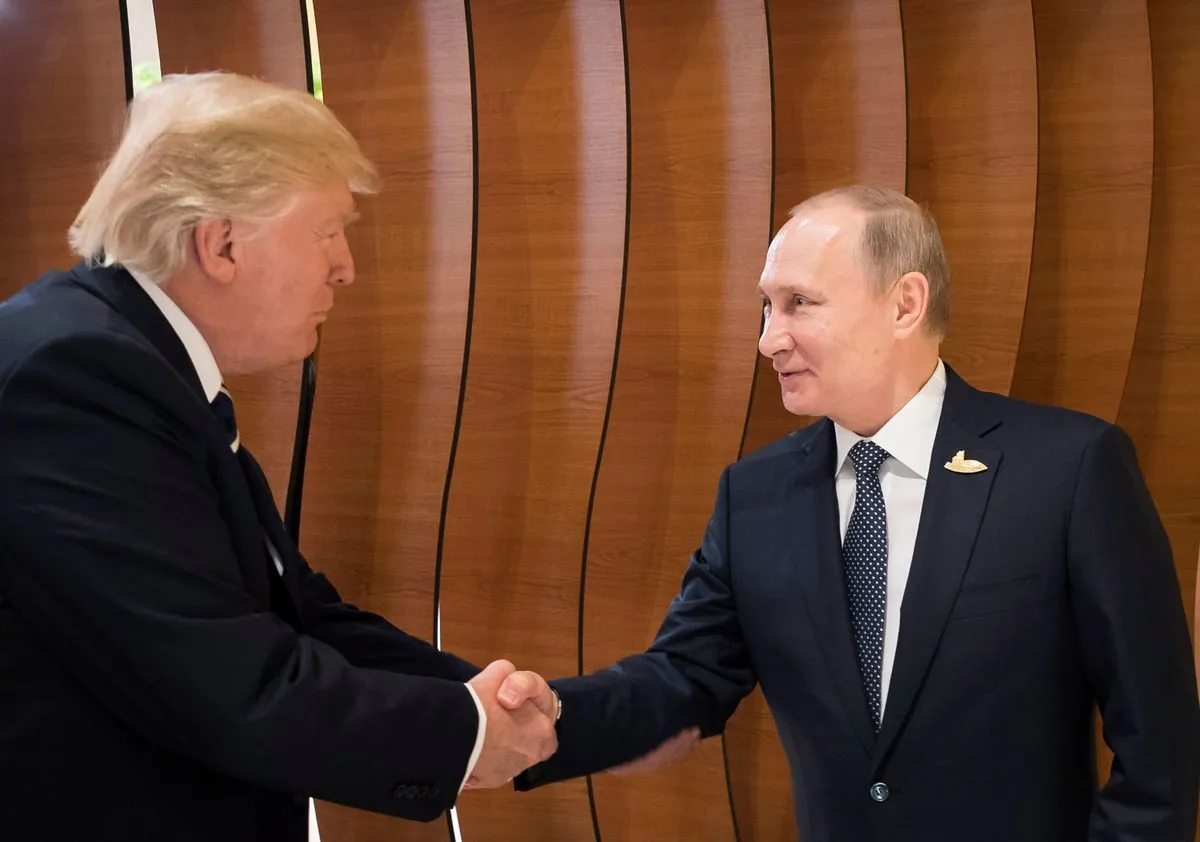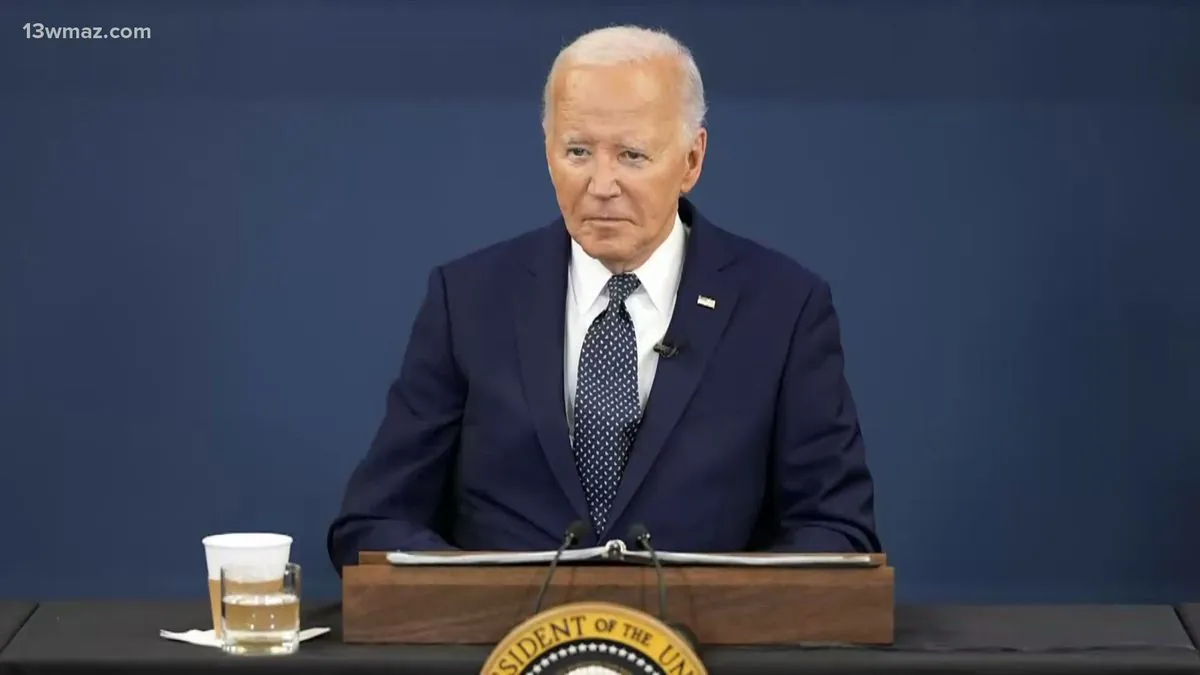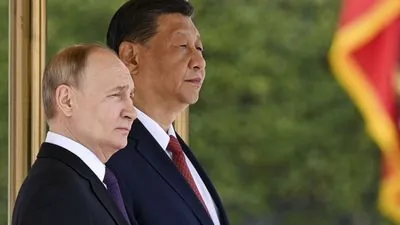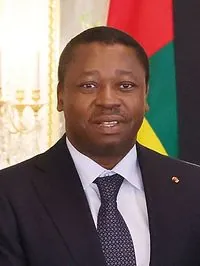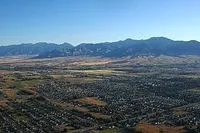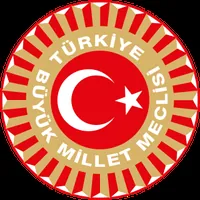Two paramedics named Andrei risk their lives daily in Ukraine's war zone
Medical help near combat zones in Ukraine needs more skilled staff‚ with less than half of required medics available. Western partners offer limited support while local doctors avoid front-line service
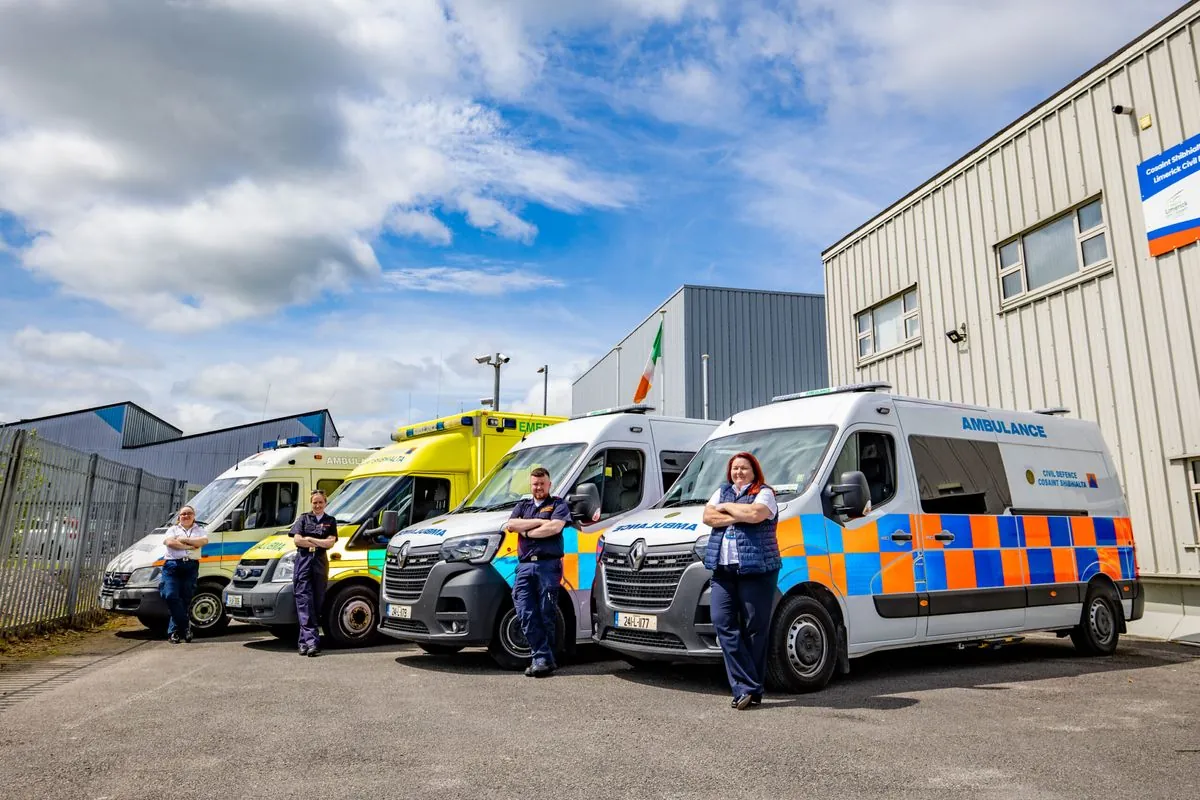
Two paramedics (both named Andrei) drive their non-armored car through shell-fire near Pokrovsk: a mining-city thats now Russias key target. With a fake-rubber hand on their dashboard they help wounded people everyday
Donʼt go down there
The war-time medical system shows big gaps: front-line medics get just 4-weeks training while U.S army personnel study four times longer. Reports from fall-2023 show that combat zones have less than half of needed medical staff
The situation with doctors varies between units - some have full teams while others work with bare-minimum staff. One brigade chief said he needs about 1000 more doctors near front-lines. Ukrainian authorities dont use old Soviet rules that could help get more medical workers to war zones
- Many doctors avoid military service
- Most medical help comes from volunteers
- Foreign medical teams are too small to help much
- Brain-drain makes finding good doctors harder
The medical help quality differs between sides. Ukraine saves more lives than Russia whose soldiers often die from treatable wounds. Western data shows Ukraine has 5 wounded for each dead soldier‚ while Russia loses more people due to poor medical help
Near-front hospitals face constant attacks but keep working. Ukraine tries new ways to save lives - like using drones for medical help. Still the main issue stays: not enough skilled people where theyre needed most. The average soldier (around 43-45 years old) needs quick help to return to duty
Western countries could send doctors to work in safe areas letting local medical staff go to front-lines. But Ukraineʼs bigger problem is its unwillingness to make doctors join military service. Without fixing this the whole system depends too much on brave volunteers
